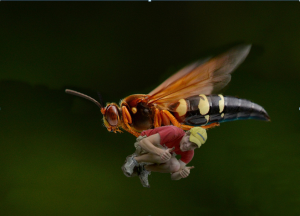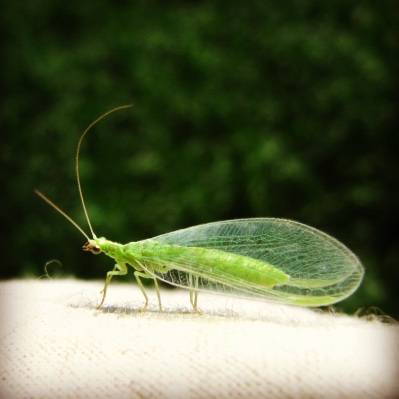I recently attended an amazing insect photography course in Venus, FL at the Archbold Biological Station called “Bug Shot”. It’s a great course for anyone interested in macro photography and especially those of us that have an interest in insect photography. The course was taught by Alex Wild, John Abbott, and Thomas Shahan. All three are extraordinary photographers with very unique approaches to getting incredible shots (Links to their work are below!). The course covered basic photography and entomology information initially and then dove into some really interesting lectures on high speed flash photography (John Abbott), focus stacking techniques (Thomas Shahan), working with insects in the studio and achieving diffused flash(Alex Wild), and much more. Pretty much everything was covered from the basics of photography/entomology to how to turn your images into a profit.
As an entomologist, I was really expecting a large population of entomologists to be present. However, the course had video game designers, computer programmers, a herpetologist, and of course some entomologists. Needless to say it was a very mixed group of people with different experiences, backgrounds, and photography styles! It was awesome. But, in the midst of a rather intimidating group of photographers, I managed to get some shots that I’m proud of so I thought I’d share them with you!
So there are just a few of the many pictures I took while at Bug Shot. The image processing was done with Lightroom 4.1 (which I’d highly recommend). I know, I know… I didn’t ID any of the images or at this point, but life has been pretty hectic for this entomologist! So some time in the near future I will sit down and ID these guys and update the blog. Until then just enjoy (or mock) my attempt at being a photographer!
And, as promised, here are the links to the instructors’ amazing websites!
Alex Wild: http://www.alexanderwild.com/
John Abbott: http://archive.abbottnaturephotography.com/gallery-list
Thomas Shahan: http://thomasshahan.com/
And… just to make you all a little more jealous of how awesome Bug Shot 2012 was, here’s a couple more photos that were taken by Josh Mayes.
 Early sunrise at the Archbold Research Station.
Early sunrise at the Archbold Research Station.

The Bug Shot 2012 group!
So stay tuned for more details regarding the next Bug Shot workshop!






















